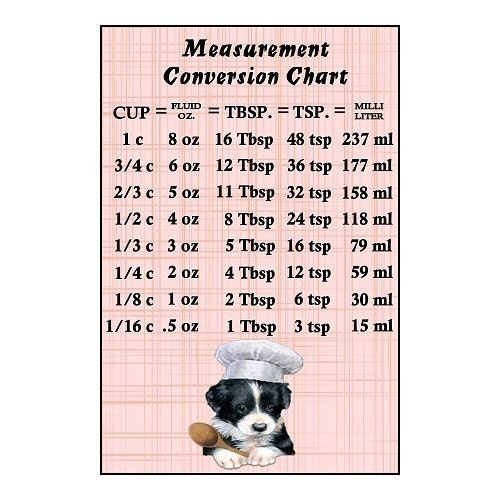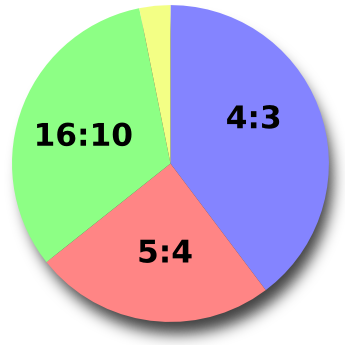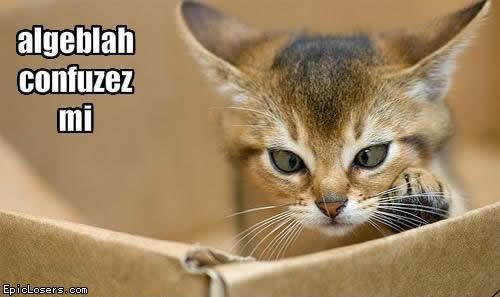
While working this last year and summer on my elementary education degree, my 14 year old son has come in several times to ask me if I need any help with anything either around the house or with school work. I am very proud of my son. This is one aspect of our family life that we work on all together.
We have anyways told my son not to be scared to ask questions regarding school work. We all need help from time to time. Although we help him, we try not to do the work for him. I feel that it is so important for families to help their children with school work and guide them to finding the answers the children are looking for.
There has been times when he has brought homework home that I was puzzled at and didn't know exactly how to help him. I can imagine that other parents have the same thing happen to them. By talking to teachers and using other helpful resources, parents can help their children and their education. Times have changed since many people have been to school so it is good to ask questions in order to help our children.
As a future teacher, I will strive to have excellent communication with parents in order to involve them in their children's education. If everyone works together, children will grow and succeed.
Here is a website with further helpful hints.
http://www.kidsource.com/kidsource/content/betterschool.html

 This is similar to a chart that I have hanging up in my kitchen. I love to cook and bake and sometimes have to refer to the chart with different recipes. I realize that all measurement does not only have to do with cooking but also length, weight, time and capacity. All of these are important for students to learn since they are used almost every day.
This is similar to a chart that I have hanging up in my kitchen. I love to cook and bake and sometimes have to refer to the chart with different recipes. I realize that all measurement does not only have to do with cooking but also length, weight, time and capacity. All of these are important for students to learn since they are used almost every day. 










